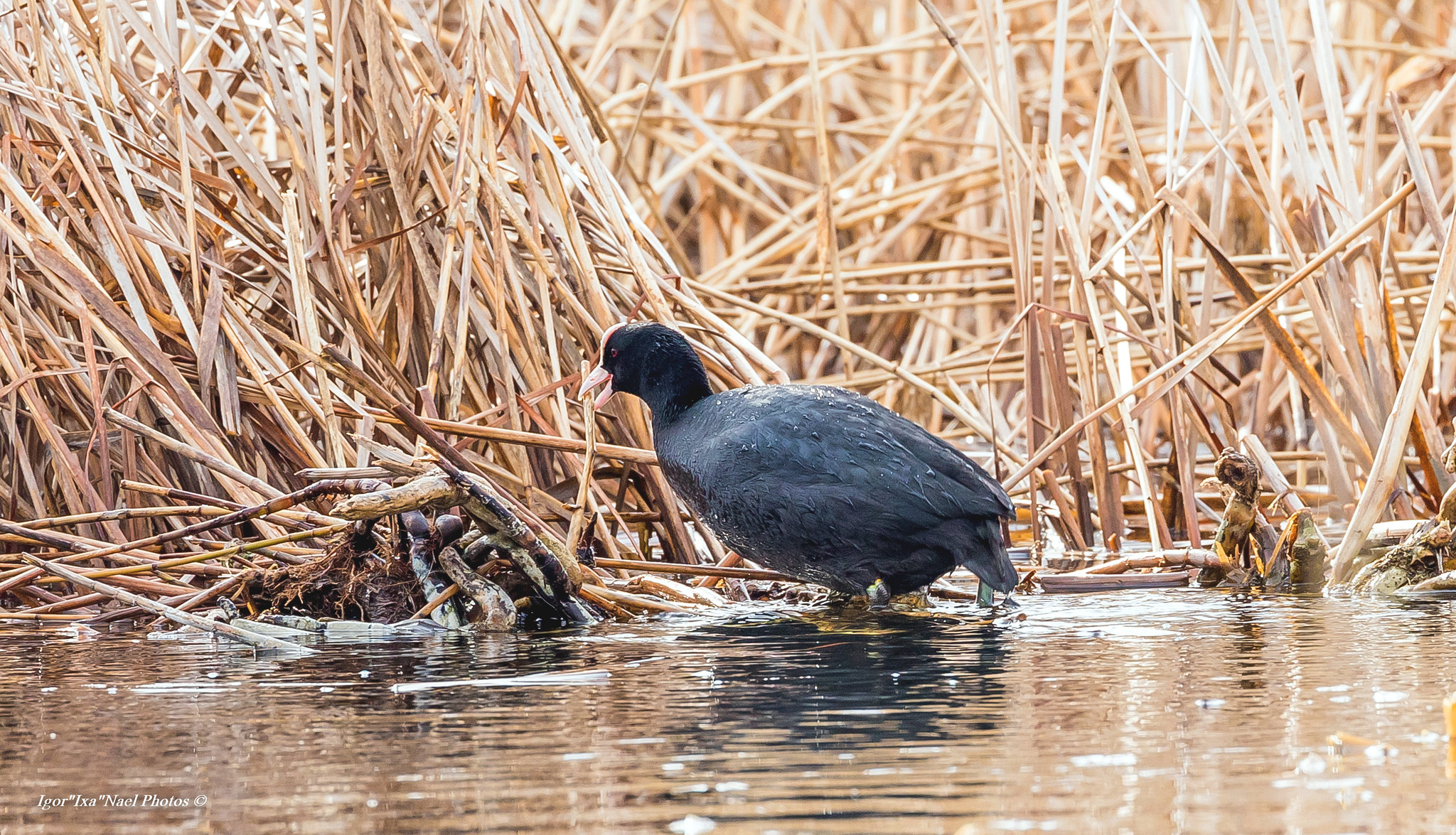The development of nature tourism is based on the principles of sustainable development, nature conservation, and the preservation of rural life and cultural heritage

Nature tourism is a form of tourism whose main emphasis is on observing and valuing nature. Nature tourism should not be confused with nature-based tourism (such as hunting or fishing tourism as part of active holidays), for which nature is a resource.
As the emphasis of nature tourism is on valuing nature, the preservation of nature values is necessary for its successful operation. Therefore, nature tourism is also considered nature-friendly tourism. Unfortunately, there are examples where nature tourism has also become mass tourism and is no longer sustainable for nature.
Excessive numbers of tourists have a disturbing or, at their worst, destructive effect on nature. For example, the constant disturbance interferes with the nesting of birds and excessive trampling causes erosion or turns the trails into mud heaps. The main threats to nature from nature tourism are:
- exceeding the tolerance capacity of natural sites;
- various risks to endangered species (for example, failure of nesting, scaring the specimens, picking a protected plant out of ignorance);
- risks due to human ignorance (e.g. harvesting of protected plants, accidental entry into a prohibited place)
In order to mitigate these risks, it is important to create infrastructure suitable for both nature conservation and nature tourism, and to establish protection procedures in nature conservation areas that ensure the preservation of the values there and the achievement of good status. It is important to understand that in popular natural destinations, for nature conservation purposes, it is necessary to direct visitors to move along the trajectory that least disturbs nature (for example, on a marked trail or a boardwalk). Also, nature conservation restrictions (such as a total restriction on movement, a restriction on movement at a certain time, a restriction on driving a floating craft or a motor vehicle, coordination of public events with the manager of the protected area) are not intended to harass people, but to protect the species living in the area.
Thus, the aim of developing nature tourism is to follow the principles of sustainable development, nature conservation, and preservation of rural life and cultural heritage. It is good to keep in mind that we are guests when walking in the woods or in a bog, and the guests behave in a way that does not disturb the hosts. Thus, it is self-evident to follow the restrictions and rules established in nature reserves (for example, restrictions on movement). Before planning any activities, read the protection rules of the site or contact the Environmental Board (info@keskkonnaamet.ee). Information is also available on the web pages kaitsealad.ee and loodusegakoos.ee.
Last modified: 13.01.2022